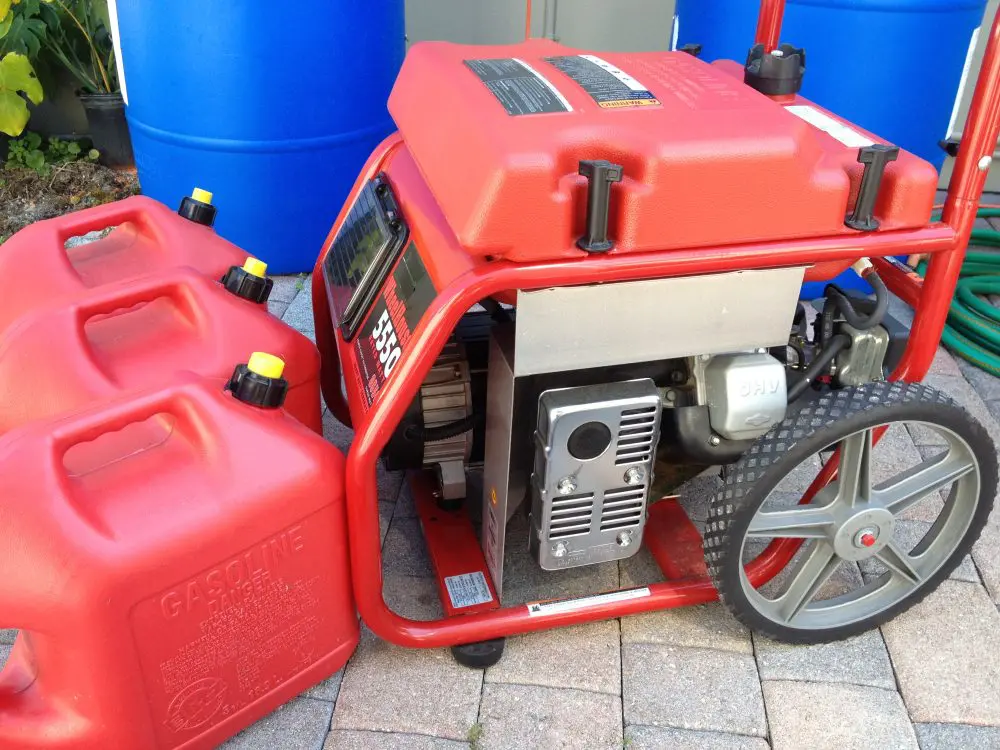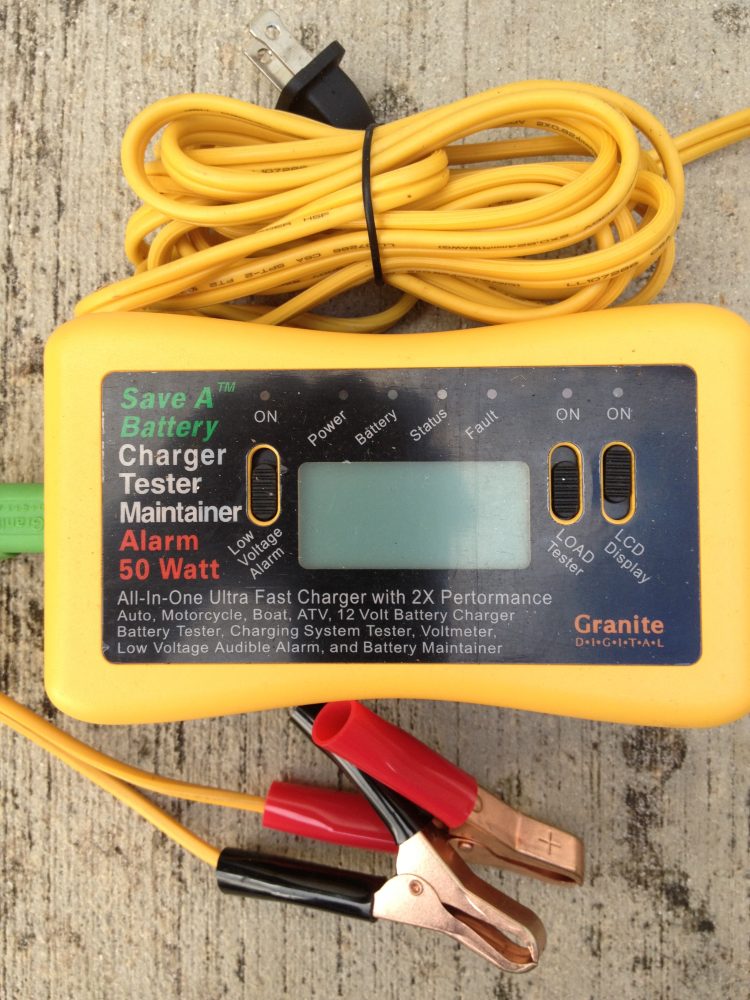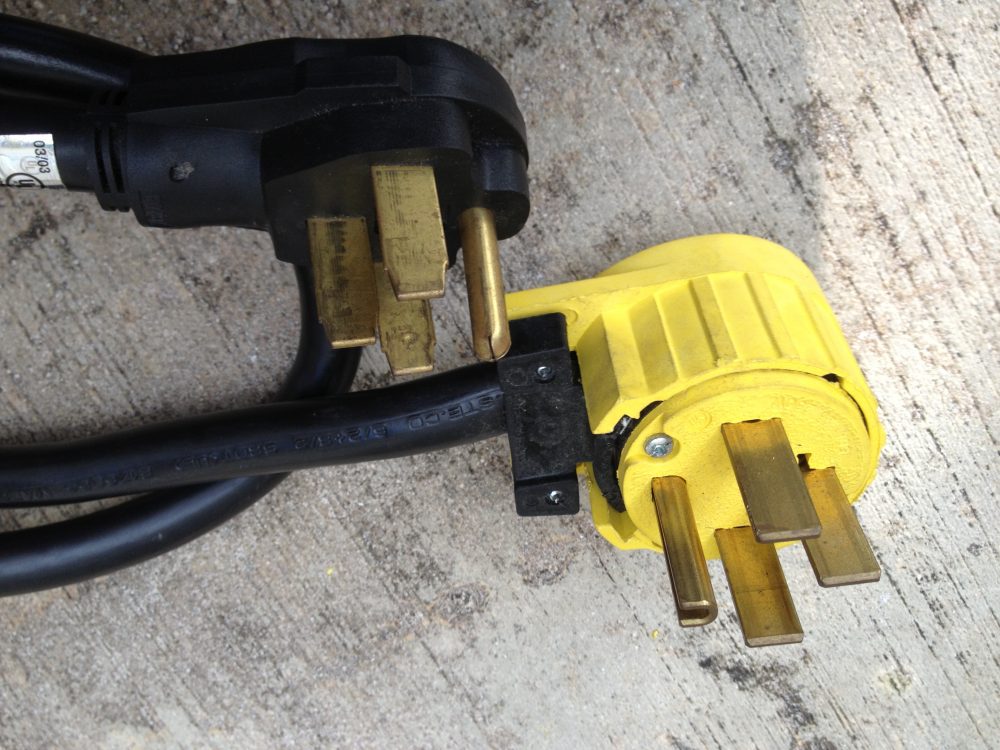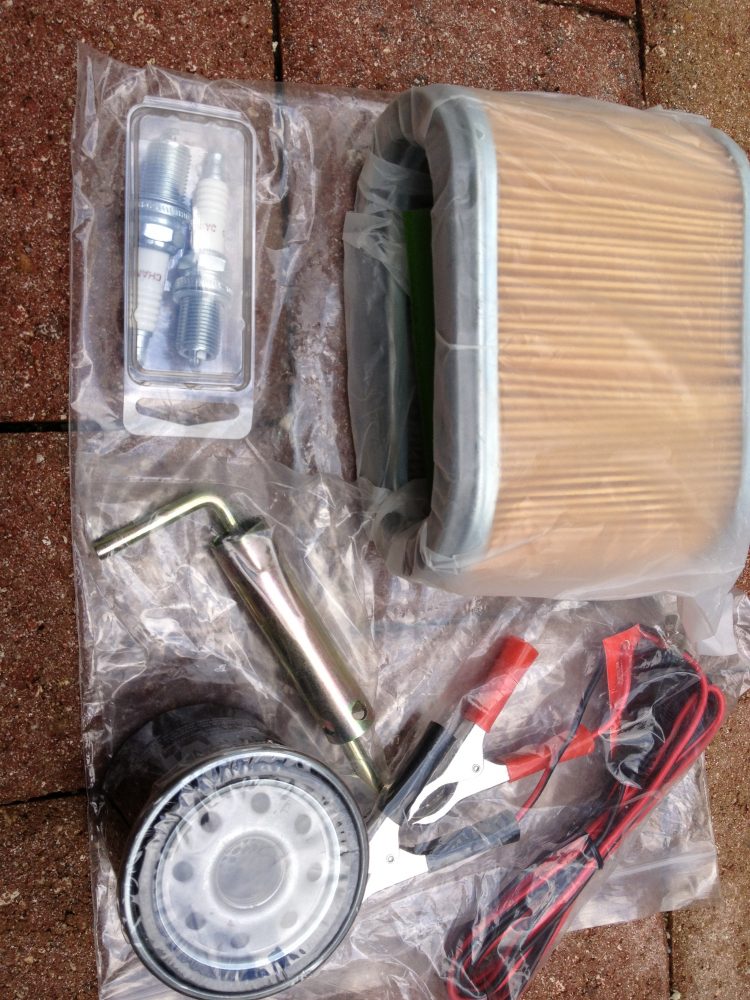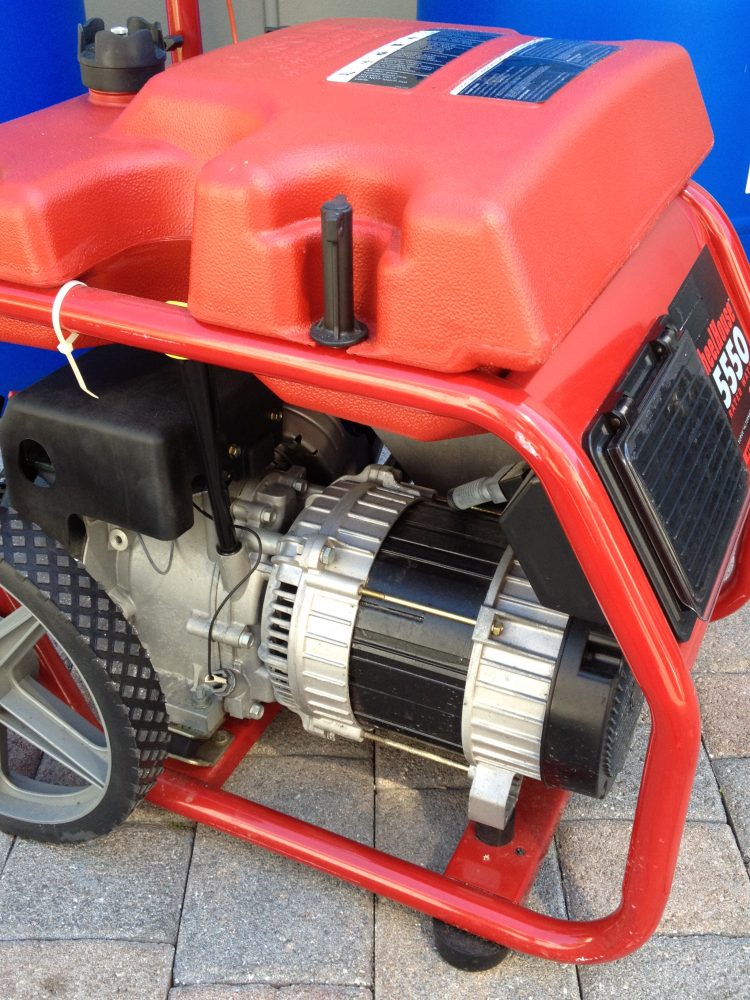
Electrical power is one of those things that most of us take for granted. Let’s face it, we expect electricity to be there whenever we need it—and it usually is.
We are so dependent on electricity that we’ve developed our entire social and economic infrastructure on the assumption that we will always have plentiful, inexpensive, and reliable access to electricity. Look around: just about everything is powered by electricity. Don’t get me wrong. I love the convenience of all the modern gadgets and the ease and comfort they afford us. This article was written on a computer, printed on a digital printer, the file was transferred via the Internet, and the magazine you’re holding in your hands was produced using equipment powered by electricity.
Chances are that you’re sitting in a climate-controlled room, reading with the help of electric lights, possibly with glasses that were made using, you guessed it, electricity. So what’s the problem? These all sound like positive things that have made life easier, better and more enjoyable. Right?
The problem is simple: when the power stops flowing, everything grinds to a halt. All those miraculous devices that have transformed society have one thing in common—none has a manual mode. Without electricity, few things will function.
Given our unrealistic dependency on electricity and the lack of viable alternatives, some experts say it’s not a matter of if but when we get a very loud wake-up call. And many people have already had it.
Table of Contents
LIFE WITHOUT POWER
We’re all familiar with the occasional power outage. The lights flicker, the power goes out, but most of the time, it comes back on in just a few minutes. On rare occasions, the outage will last a few hours or maybe longer. But the power usually comes back on long before the ice in the freezer even has a chance to melt.
Five-gallon containers are widely available and commonly sold. Always be extremely careful when using, storing and transporting fuel in any container. Know the law: each jurisdiction may have its own laws on storing and transporting fuel.
Here in South Florida, my hometown and the unofficial hurricane capital of North America, we’ve endured many hurricane-related power outages, some lasting for several weeks—no fun when it’s 90+ degrees with 100% humidity. But these have been mostly local events affecting a relatively small area.
What would happen in the event of a major outage affecting a large metropolitan area—or multiple areas—for weeks or even months? No one really knows, because a disaster of that magnitude has not occurred after everything became electrical. Speculation as to what such a widespread power outage would look like ranges from ugly at best to apocalyptic at worst.
Are you prepared for such an event? Have you even thought about it?
Preparedness is about thinking ahead, planning and making good solid choices in anticipation of a potential crisis. As such, you want to prepare not only for the occasional blackout, but also for the possibility of a more extensive outage—and you might want to consider including a generator in your preparations.
If your generator has a battery start feature, you need to keep the battery well charged. Plug-in battery charger insures generator’s battery is always charged and ready to go. Periodic start-ups are also recommended.
PORTABLE GENERATORS
A quality portable generator is a practical source of electricity during emergencies. It can help keep your refrigerator cold, your lights on and your house warm in the winter or cool in the summer.
More importantly, for people who depend on medical equipment that requires a constant source of electricity, it can help keep those folks safely at home during an emergency, avoiding a desperate evacuation to a hospital that may or may not be operating.
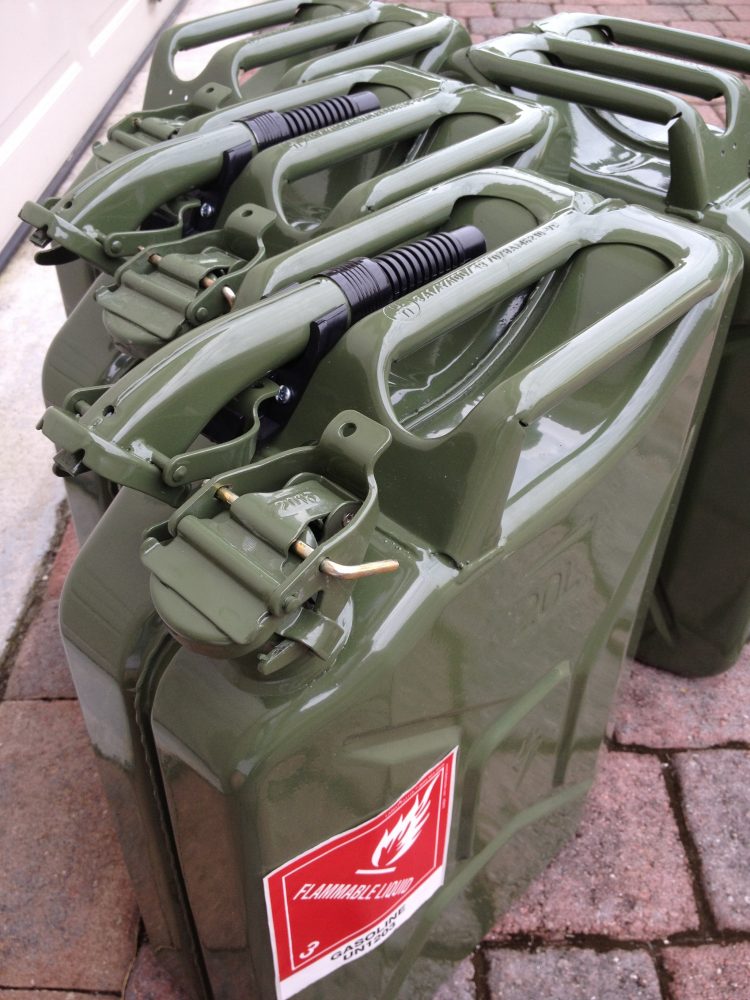
A portable generator is not meant to replace the power you get from your local utility. On the contrary, it’s a very limited and temporary short-term fix. And that’s just fine, since in many situations you won’t need a generator to power your entire home 24/7.
There are, of course, many generators large enough to power your entire home, but those units consume a tremendous amount of fuel—and therein lies the problem. Getting fuel during a disaster, public crisis or extended power outage will probably be very difficult. If your generator uses gas from a local utility, that gas may quickly stop flowing. If it uses gasoline, LP Gas or diesel, you have more options, but you still need access to enough fuel to run the generator for at least a portion of the day for the duration of the crisis.
Storing that much fuel can be tricky, and in many urban or suburban areas, there are strict limits as to how much fuel you can store and how you must store it. In the long run, it’s better to keep your fuel requirements at a manageable level, rather than having to deal with the expense and complexities of large-scale fuel storage.
For the purposes of this article, I sought to address the need for immediate electrical power in the most practical and cost-effective way. The answer in most situations is to strike a balance between capacity and fuel consumption. The answer for me has been a small- to mid-size portable generator that is capable of supplying enough power to run essential appliances during a blackout, but efficient enough to burn as little fuel as possible.
When considering your options, keep these issues in mind.
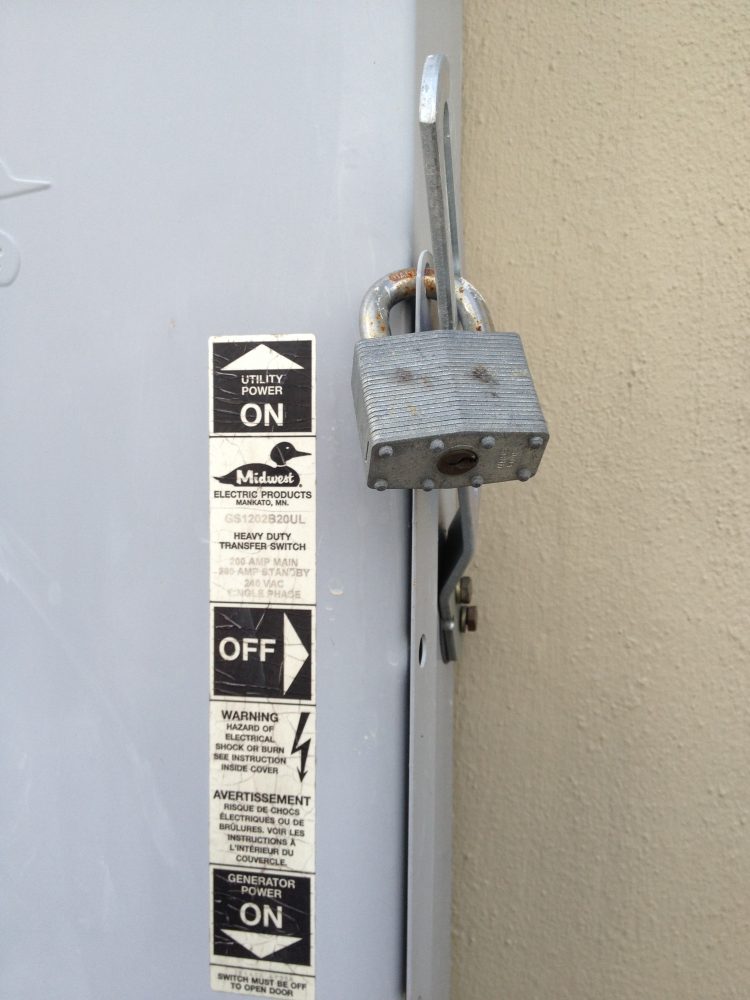
SIZE MATTERS
A small portable generator (about 5000 watts) is a good choice to start with. The size is manageable, it can easily be moved around by one person, and it will normally supply enough power to run a few small appliances, lights, portable air-conditioning or heating unit, and other small electrical devices. Depending on the load, you can stretch out five gallons of gasoline over a 24-hour period as long as you don’t run the unit continuously.
A larger generator burns more fuel, even when you don’t need the extra power, and if it stops working, you’re done.
GIVE IT A BREAK
It’s not necessary to run your generator 24 hours a day. An unopened refrigerator keeps food cold for up to four hours. Food in the freezer should keep for 24 to 36 hours. Running your generator for a few hours at a time is sufficient to keep everything in your refrigerator and freezer from spoiling, even in the heat of summer. Remember when operating in survival mode, you need to make adjustments to your usual routine. Don’t expect normal.
HAVE A BACK-UP
I would rather have two smaller generators than one larger unit. The reason is, you always want to have a back-up. If one unit breaks down, you’re still in the game with the second unit.
KEEP IT SIMPLE
A portable generator that employs a simple pull-start system is usually more dependable and reliable than one with an electric start. Having an electric start feature is convenient but adds another level of complexity, since you need to keep the battery charged at all times. Certainly not a deal-breaker, just one more thing to consider and plan for. If you let the battery die and the power goes out, you’re out of luck.
DON’T OVERDO IT
Don’t try to heat or cool your entire home during a blackout. Close off a small area of your home and make it your main living area for the duration of the power outage. A portable air-conditioning unit or heater can easily maintain a comfortable temperature in a smaller area of your home. Use portable fans to equalize temperatures within your home, and to regulate the flow of air in the desired direction.
Heavy-duty power cord with plugs installed, used to connect generator to home’s electrical system and transfer switch.
FUEL STORAGE TIPS
Storing fuel for your generator is never easy. But try to keep enough fuel on hand to accommodate your needs. Only use containers that are approved by local, state and federal authorities for storage and transportation of flammable liquids. Gasoline containers should always be stored in a well-ventilated area, away from your home and away from heat or direct sunlight.
Avoid underground storage. Environmental Protection Agency (EPA) requirements for underground storage are complicated and usually too expensive for the average person. The fines and penalties are severe, and it’s better to look for alternatives. Don’t forget to check local ordinances on how much fuel you can store.
TREAT IT WELL
Even in ideal storage conditions, fuel eventually degrades without proper treatment. And few of us are able to store fuel in ideal conditions. To help keep your gasoline or diesel stable, use a high-quality additive to treat it for long-term storage. Depending on storage conditions, fuel should be treated every six months or so. It’s even better if you can treat and rotate your supplies. Two common examples of fuel stabilizers are Sta-Bil and PRI.
NOT A DIY PROJECT
Never attempt to connect a portable generator directly into your home’s circuit-breaker box. This is called back-feeding and it’s very dangerous. A qualified electrician can set you up with a transfer switch that will safely connect your generator directly into the home’s electrical system. Proper installation will not only protect you, your home and family, it will also protect any utility workers who may be trying to re-establish service to your area.
Additionally, without a properly installed transfer switch, you are not only feeding power to your home, you may also be feeding power back out to the lines—lines that may be down or being worked on.
Maintain a healthy supply of spare parts and oil. Even the best generator is useless if it fails to run. Don’t neglect the little things—just one bad fuse can bring down the generator.
BREATHE EASY
Carbon monoxide poisoning is a big concern with generators. Always keep the unit at least 10 to 15 feet away from the house. Position the generator so the exhaust pipe is pointing away from the house, not toward it.
TLC
Generators work by converting mechanical energy into electrical energy. In other words, they have lots of moving parts that require regular maintenance and occasionally repairs. Regular tune-ups, oil changes and periodic start-ups are good ways to maintain your generator in tip-top shape. Maintain a supply of oil, spark plugs, filters, fuses and other necessary parts to keep your unit running.
CONCLUSION
The possibility of a short- to medium-term power outage, especially after a manmade or natural disaster, is a very real risk. In highly populated urban centers, being without power even in the short term can lead to widespread panic, social unrest, and serious disruptions of public services. While there is not much we can do to prevent such events from occurring, we can certainly plan and prepare in the most practical way possible.
Recognize the risks, have a plan, and make reasonable preparations so you at least have a fighting chance. Doing nothing is never an option.
Richard Duarte is a practicing attorney and currently teaches and consults in the areas of urban survival planning and preparation. He is the author of Surviving Doomsday: A Guide for Surviving an Urban Disaster. For the latest news and updates, connect with Richard on www.survivingdoomsdaythebook.com.
